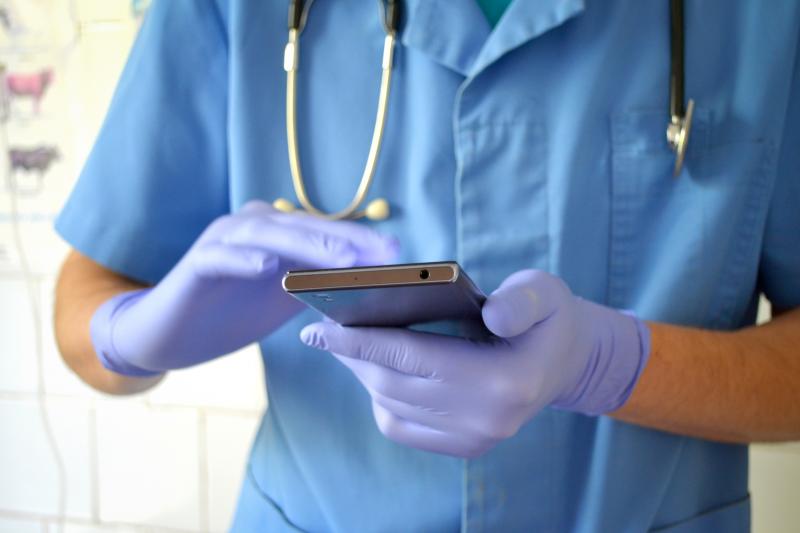Smartphones open up telemedicine for otolaryngologists




 Should doctors let patients have their personal phone numbers?
Should doctors let patients have their personal phone numbers?Despite novel challenges associated with the platform, telemedicine presents a viable and efficient option for the remote diagnosis of peritonsillar abscess (PTA), according to a new study.
“The data illustrate that smartphone video of oropharyngeal examination findings in patients with suspected PTA reviewed by an otolaryngology attending physician has good reliability of diagnosis when compared with evaluation in person by an otolaryngology resident,” the researchers said.
Thirty-one patients (mean age, 31.9 years; 51.6 percent female) were enrolled and whose oropharyngeal examinations were video recorded by two resident physicians. The recordings were then shown to five different otolaryngologists, who were asked to assess the video quality, the likelihood of PTA, and whether or not the patient needed timely in-person consultation.
More than half of the participants (51.6 percent; n=16) were diagnosed with PTA during the in-person consultation and this was used as the criterion standard. The physicians who used the video recordings delivered a PTA diagnosis that was consistent with the standard 81 percent of the time (mean diagnostic accuracy, 0.81). [JAMA Otolaryngol Head Neck Surg 2020;doi:10.1001/jamaoto.2020.1972]
While the agreement among the otolaryngologists was just moderate, PTA prediction based on the majority had good diagnostic value. The sensitivity was 0.81 and specificity was 1.00; the positive and negative predictive values were 1.00 and 0.83, respectively.
Furthermore, the recommendation for a prompt in-person evaluation was consistent with the criterion standard 83 percent of the time (mean diagnostic accuracy, 0.83). Sensitivity and the negative predictive value were both 1.00, specificity was 0.80, and positive predictive value was 0.84.
In terms of video quality, only one of the recordings was deemed to be of insufficient quality, and the remaining 99.4 percent (n=154 of 155 recordings) were clear enough to make a diagnosis. A slightly lower percentage of videos (82.6 percent; n=128) had sufficient content and high quality to support a diagnosis.
“This finding suggests that emergency and urgent care clinicians can use easy-to-take videos on readily available equipment to engage with otolaryngologists on clinical assessment and the need for intervention, including drainage, as well as potential patient transfer,” the researchers said.
The present study showed that telemedicine is also feasible for the field of otolaryngology, which has typically been held back by the need for expensive equipment and machines, such as thermal imaging devices and nasopharyngoscopes.
“The initial financial outlay for these instruments undercuts the utility of the approach,” the researchers said, “as the costs are untenable for lower-volume centers that could otherwise benefit the most from seeking outside expertise.” Smartphones, which are both ubiquitous and carry high-definition video cameras, may help in this regard.
“Despite having some difficulty diagnosing PTAs based on nothing more than a patient history concerning for PTA and an oropharyngeal video, otolaryngologists are able to determine, with high sensitivity, which patients require prompt otolaryngology evaluation,” they said. “The recording of consistently high-quality video using a standard smartphone camera is achievable even without formal training.”